Is it my age?
All-night observing or imaging sessions appear to be a much rarer event these days.
The last one I can remember doing at home was when I was hunting down Comet 67P in 2015.
My daughter was flying home from South Africa on the 31st of April, so I knew I’d have a restless night before picking her up from Heathrow early next morning. By staying awake, I could indulge in the crystal clear skies and keep an eye on the progress of her flight.
During the day of Friday the 31st of March no solar imaging was possible due to clouds, but it cleared up very nicely as the Sun got lower.
Before the sky got dark, I was out on the hunt. The extremely shy planet Mercury, due to reach eastern elongation the next day, was my first target.

The half phase of the extremely small planet is just about visible.
Of course, the Moon was coming back, so that was my next target.
I thought it would be quite a wheeze to do some live webcasting on Facebook.
See the results here: https://www.facebook.com/Eagleseye45
I started with the DSLR, before switching to the Webcam.

DSLR image.
I took a series of overlapping images to produce a full image of the Moon.

Mare Crisium – Single image.
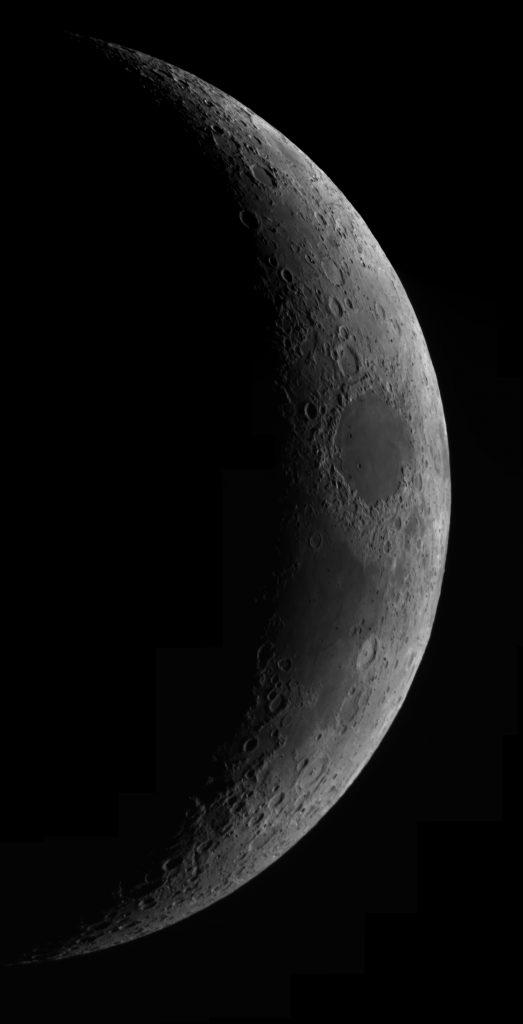
Webcam mosaic composed of 13 overlapping images.
I have been trying to improve the quality of my lunar images with the monochrome DMK41 camera.
It looks like my efforts are really starting to pay off (More of which later in the week).
By the time the Moon got lower in the sky, Jupiter, now approaching opposition, was climbing higher.
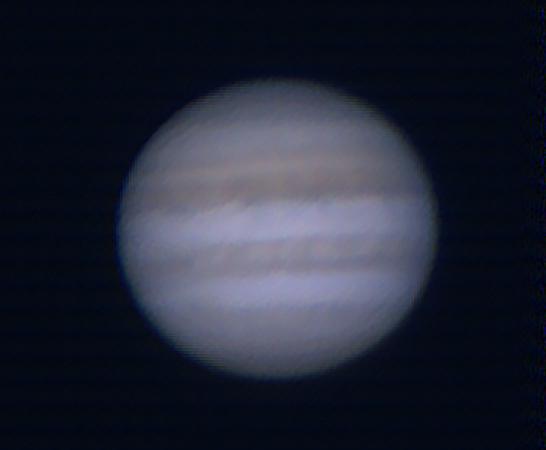
A bit later, the planet had rotated enough to bring the red spot into view, but some strange horizontal bands were visible in the final image Grrr!!

Colour webcam images using Phillips webcam.
I also did some more live Facebook video as well.
By now the Moon had completely gone, my daughter was now somewhere over north Africa and I was on a roll.
A old favourite of mine beckoned, so the DSLR was rolled out.

M13 – The great Hercules Globular Cluster.
I tried for M81 & M82, but the auto-guiding played up something chronic, s a lot of time was wasted taking subs that were not acceptable. 🙁
This is something I have noticed before, especially if trying to guide on something almost at the zenith.
A new imaging subject for me, NGC2169 The “37” Cluster in Orion.

To finish the night before dashing off to the airport, there were a couple of comets beckoning:
Comet C/2015 V2 (Johnson).
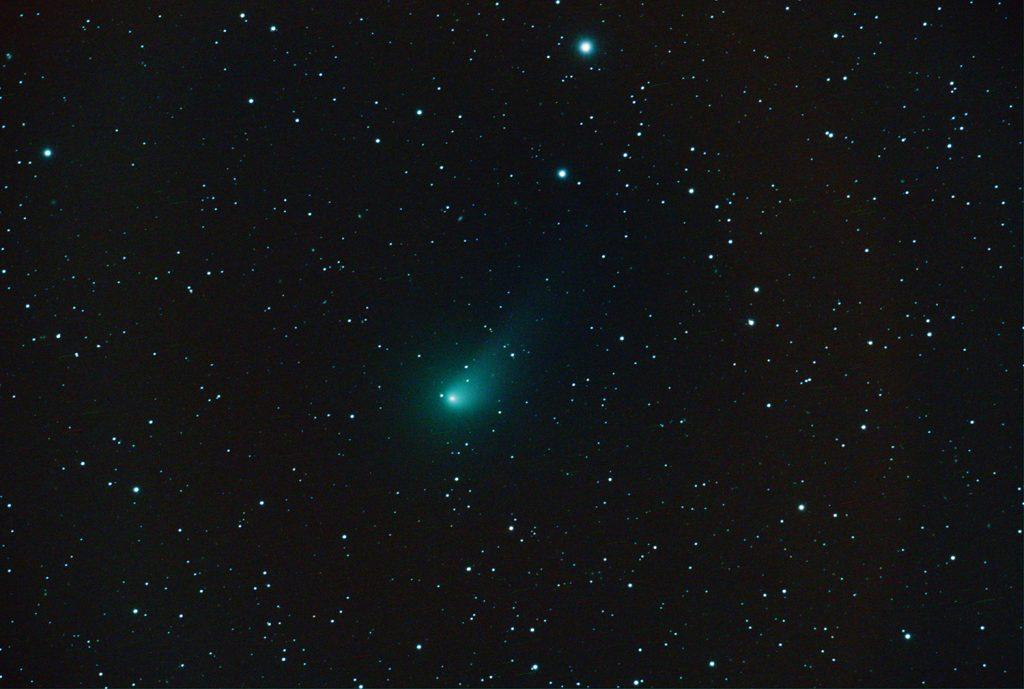
Comet 41P/Tuttle–Giacobini–Kresák
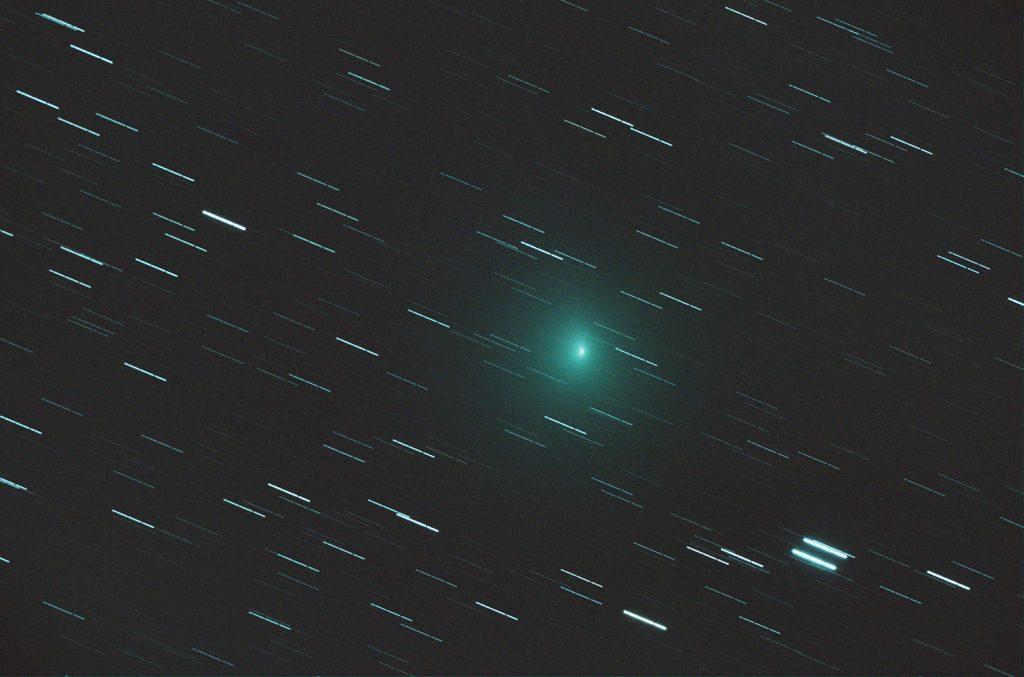
All in all it was a great all-nighter. Boy did I suffer with being flipping tired the next day.
Now that’s probably why I do very a rare all-nighters. Almost like suffering from jet-lag.
But it was fantastic seeing my daughter face-to-face again after she left to live for four years in South Africa last September.
Skypeing just isn’t the same. 🙁
















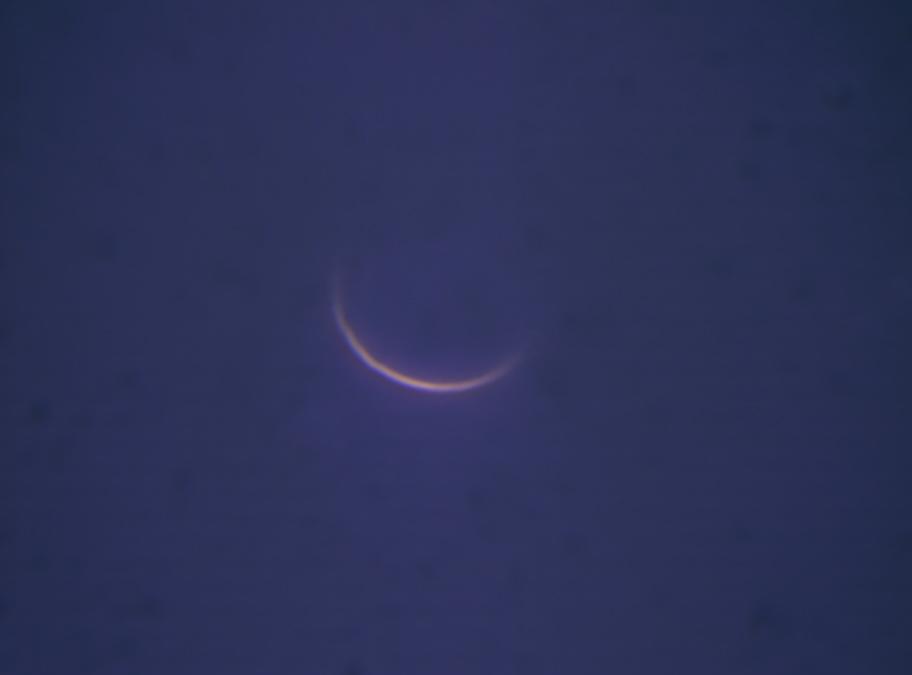




 Last but not least, Big Jupiter was rising in the eastern sky. So, the colour Webcam came out. A quick Live feed on Facebook before capturing an image. Now that is a VERY tasty Comet Sandwich.
Last but not least, Big Jupiter was rising in the eastern sky. So, the colour Webcam came out. A quick Live feed on Facebook before capturing an image. Now that is a VERY tasty Comet Sandwich.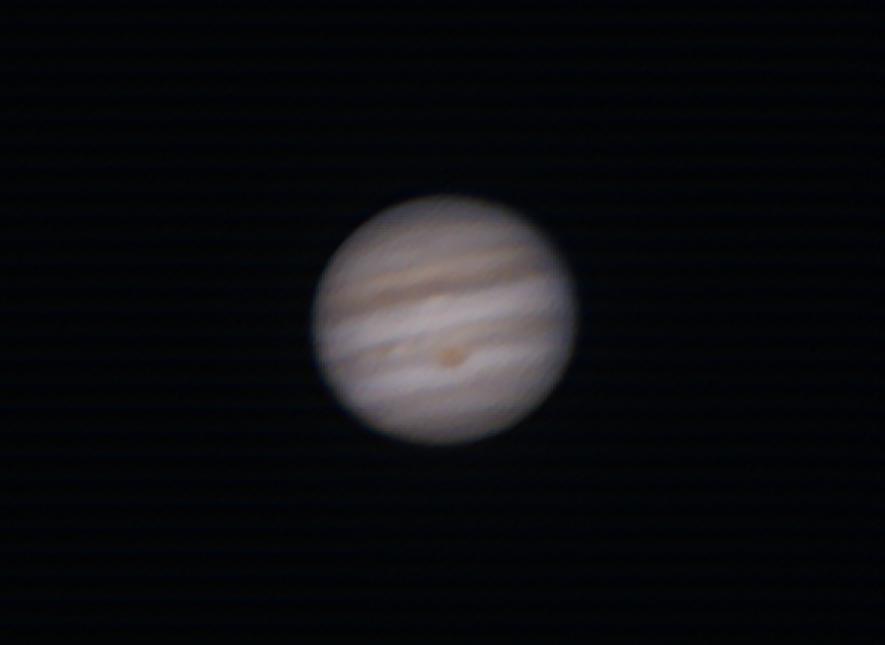


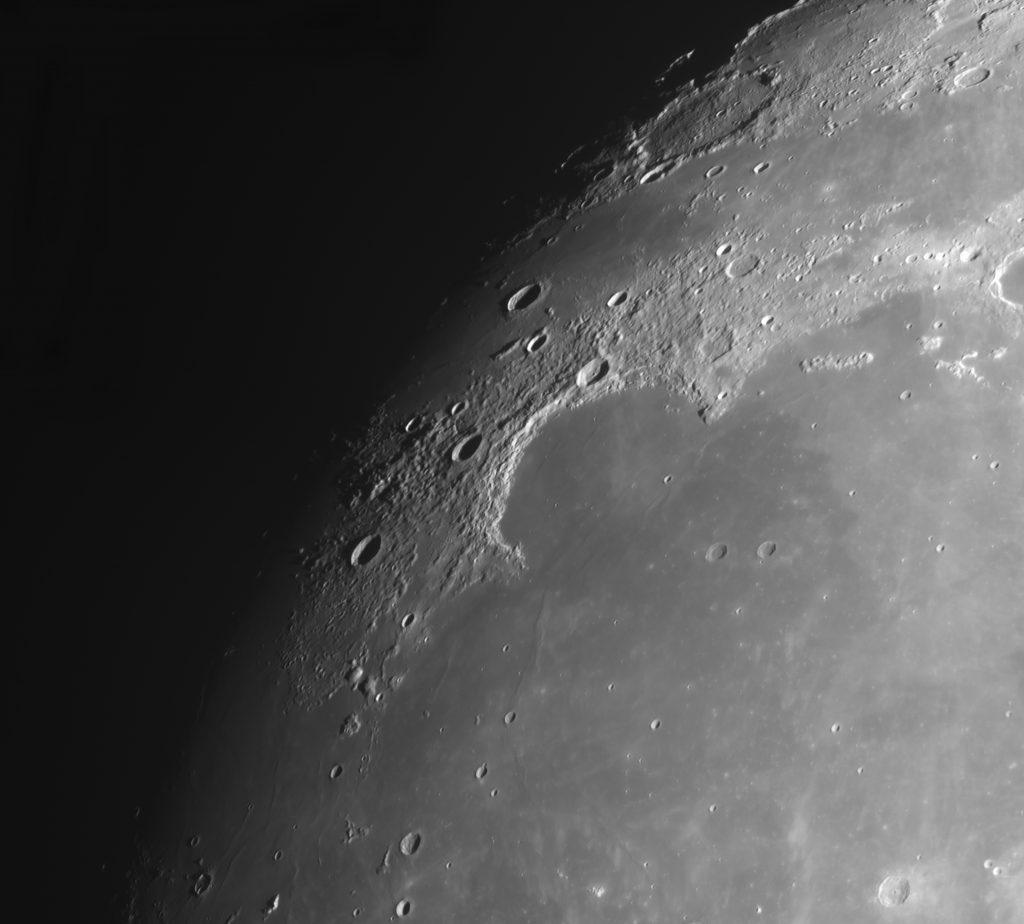
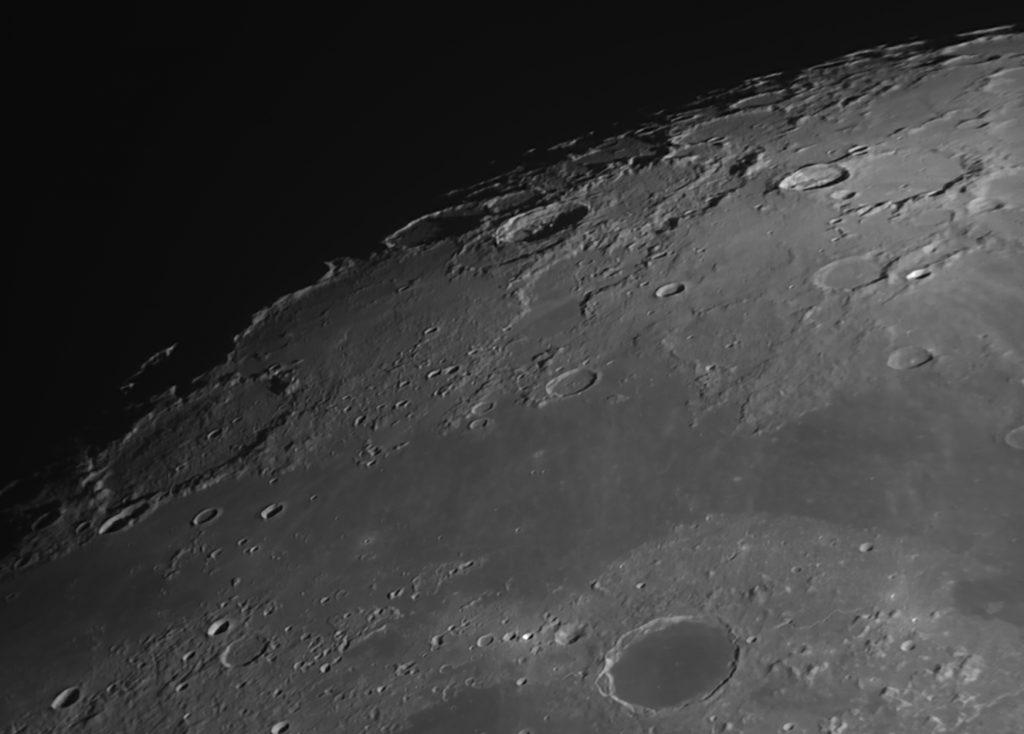


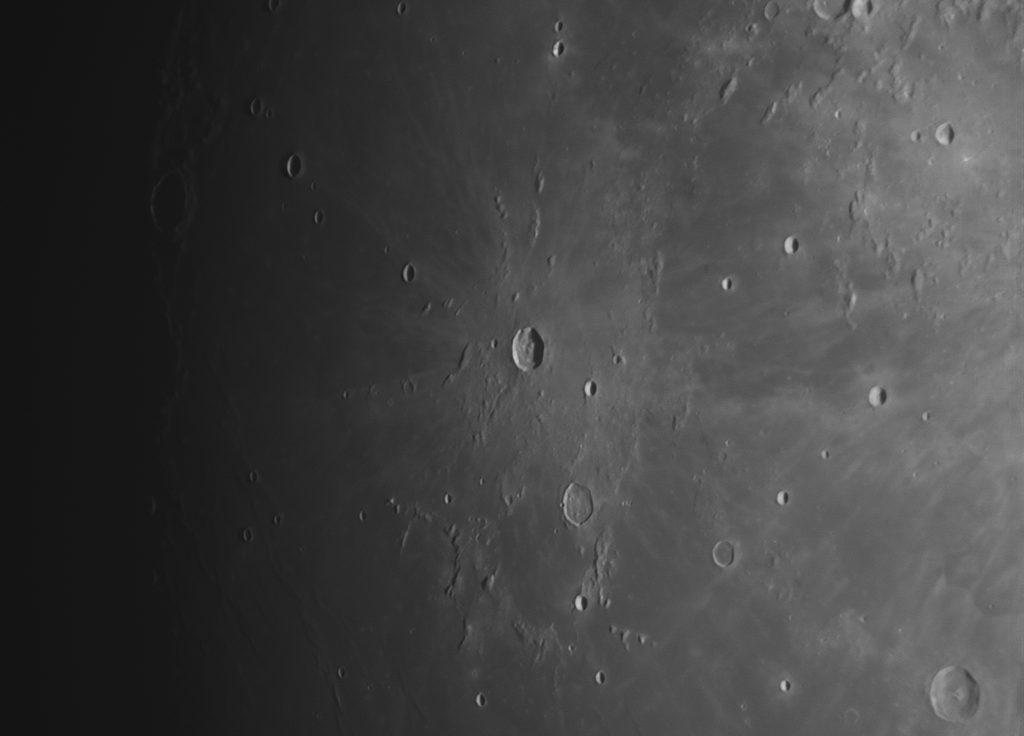



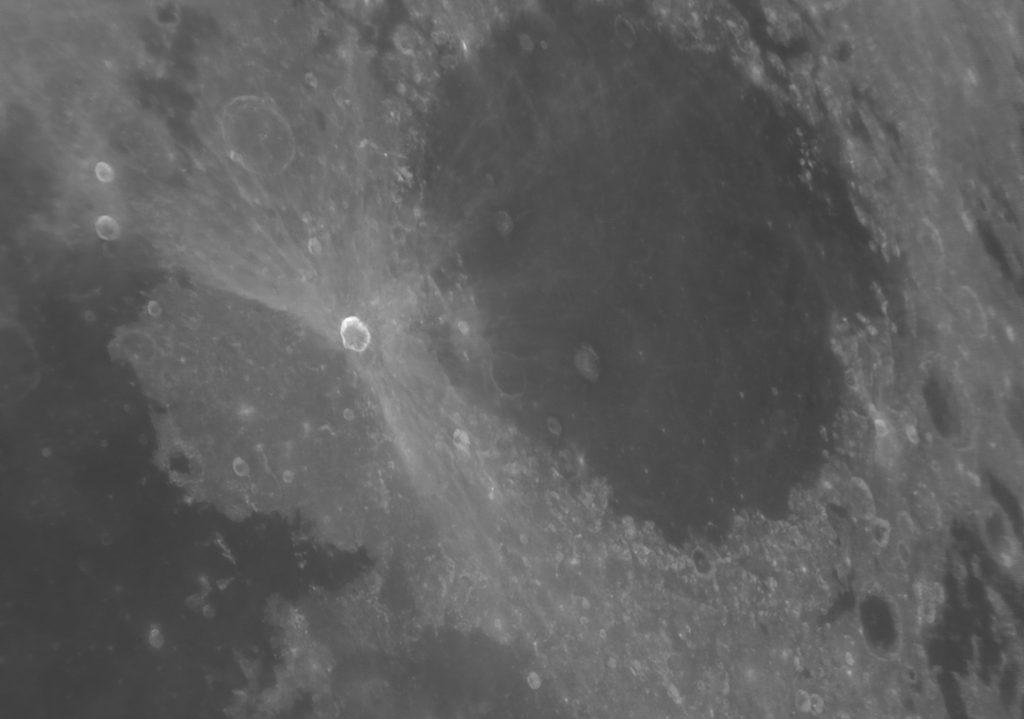


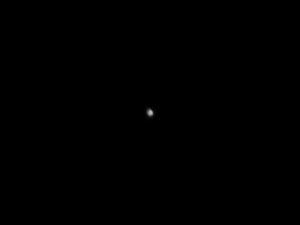


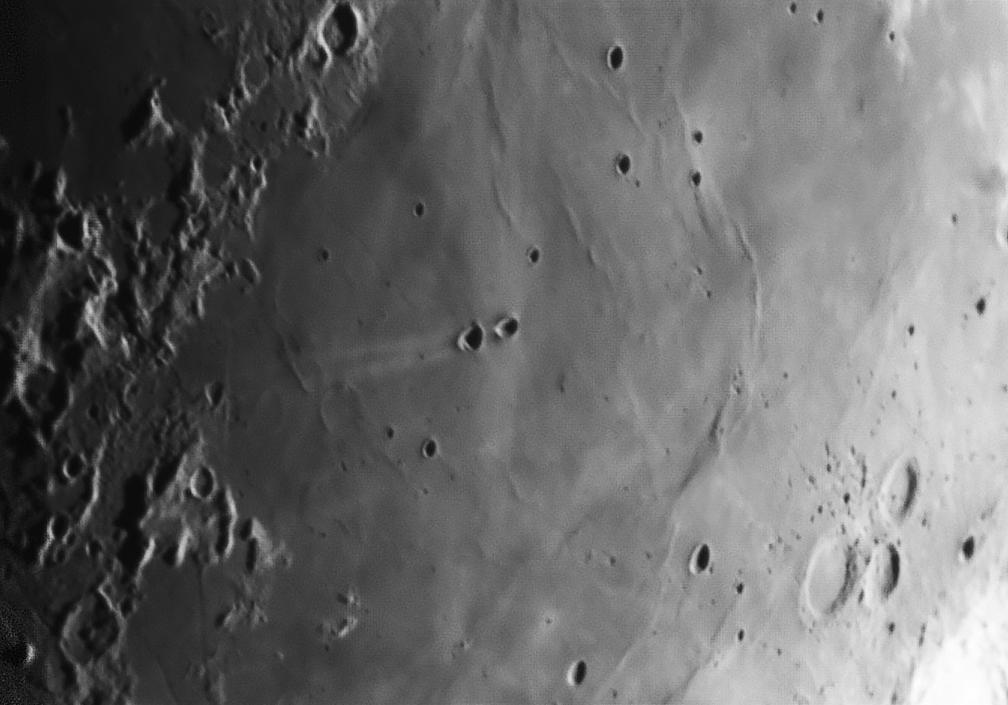

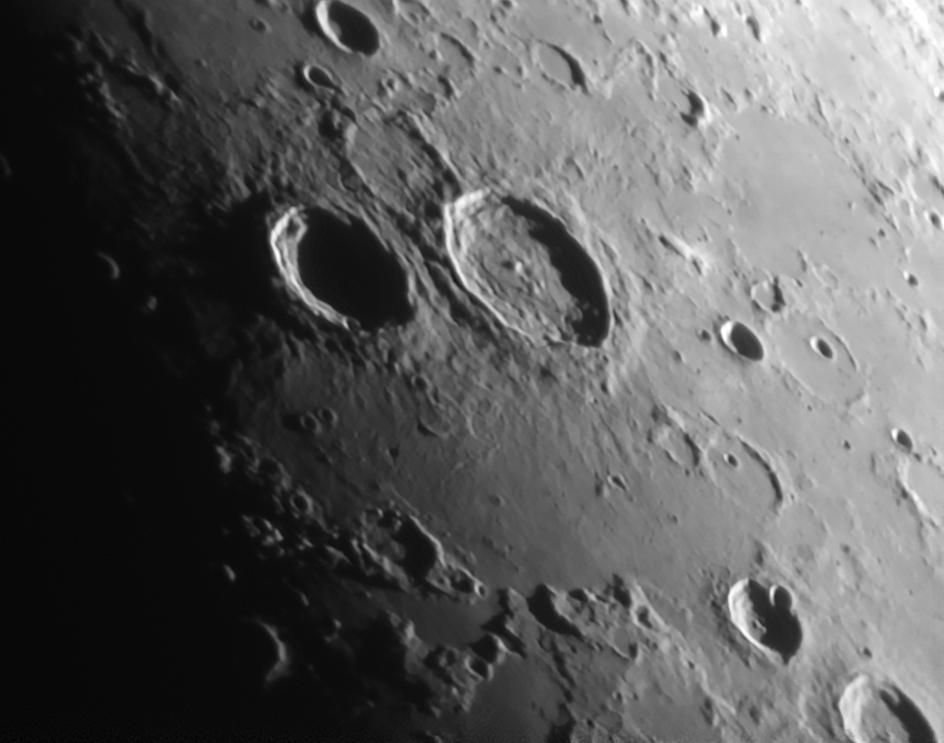

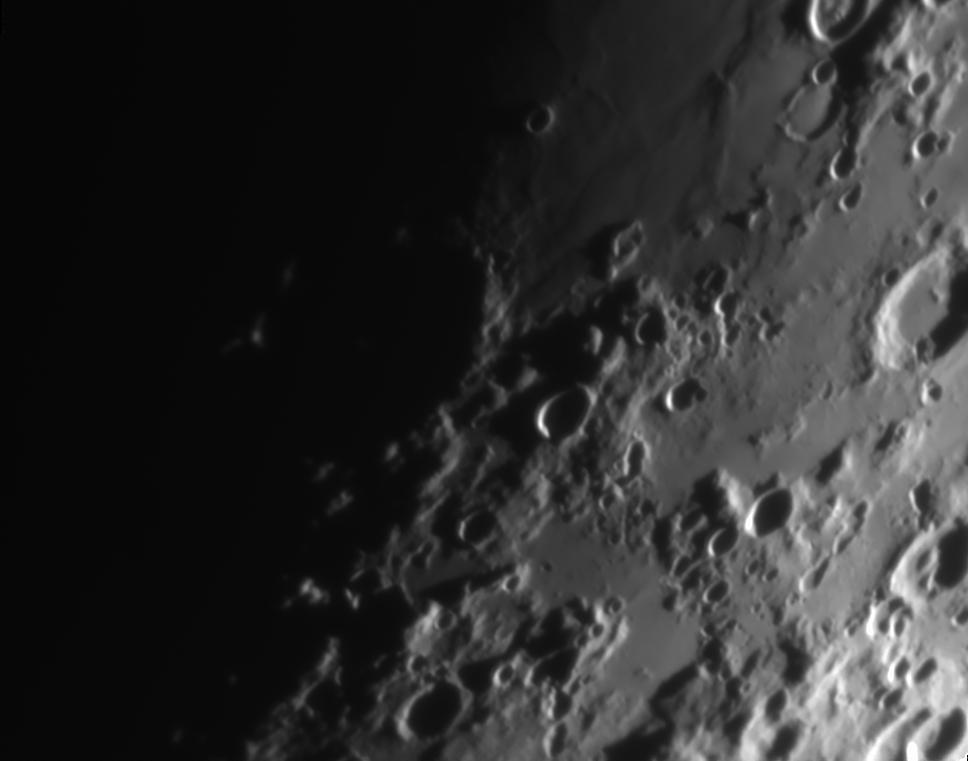
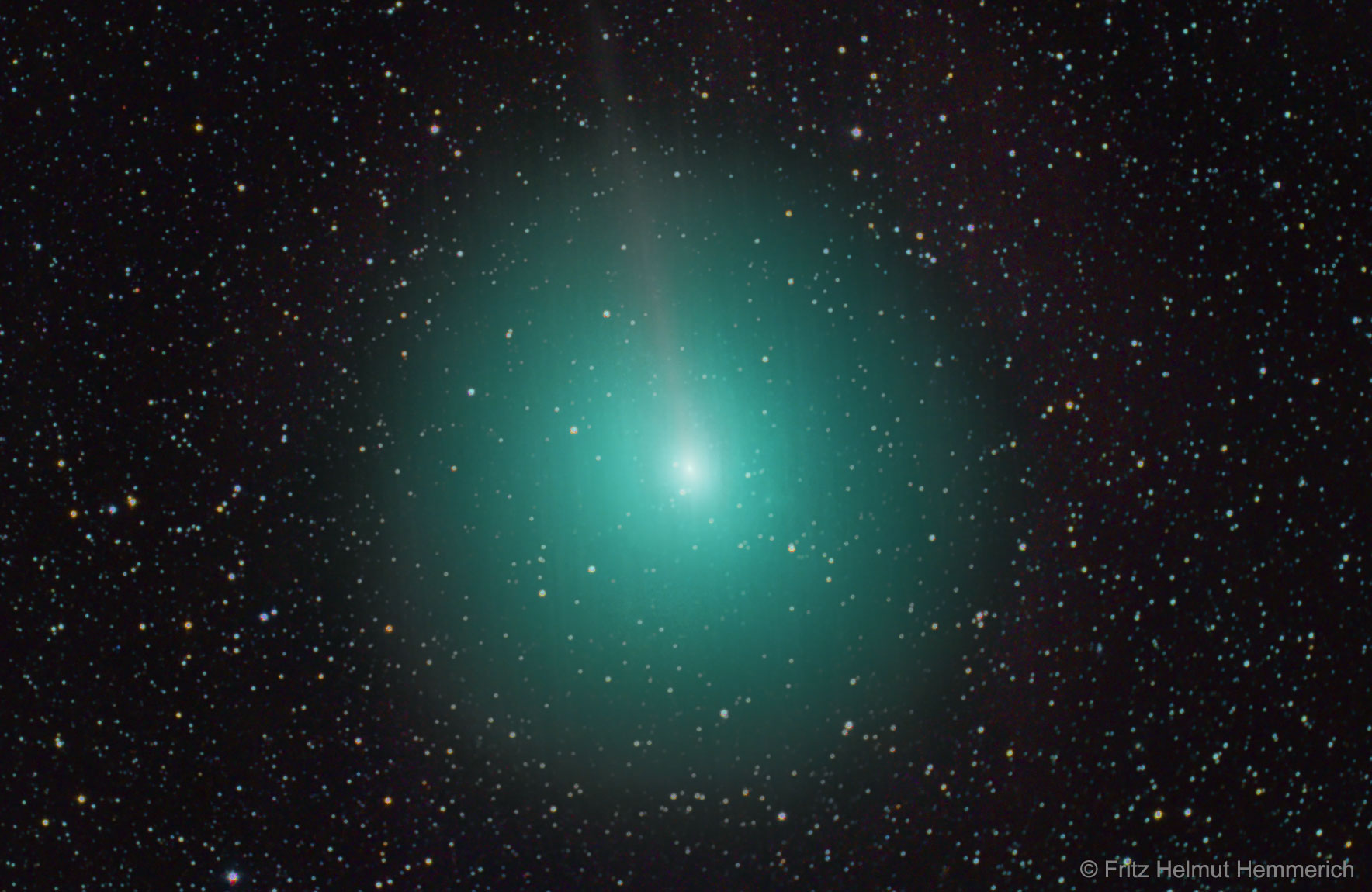

 It is huge! I had to use my 80mm refractor to get most of it in.
It is huge! I had to use my 80mm refractor to get most of it in.